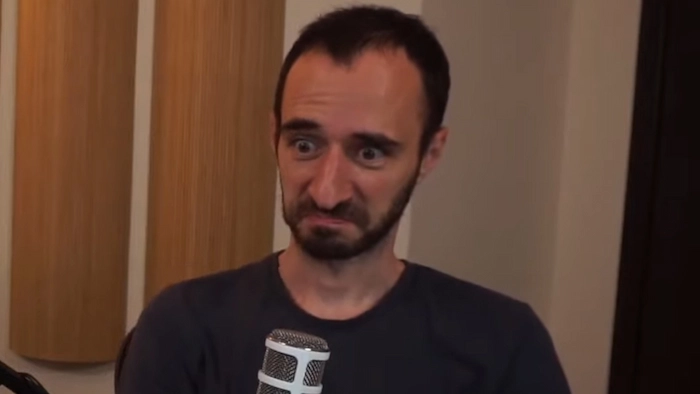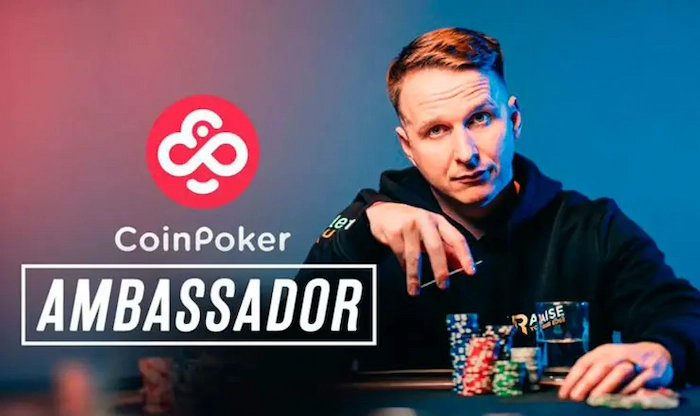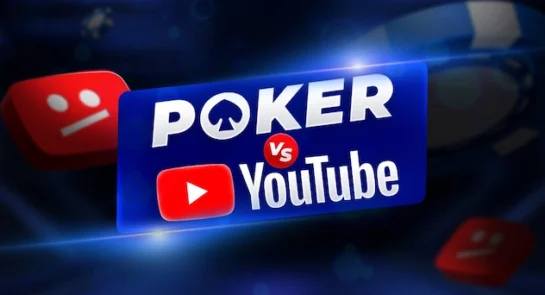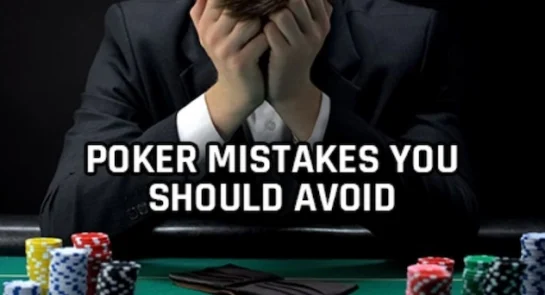 Could it really be good advice to forgo learning the ropes in a $5 game? Uri Peleg certainly thinks that, and he’s caused a bit of a ruckus on X by saying so.
Could it really be good advice to forgo learning the ropes in a $5 game? Uri Peleg certainly thinks that, and he’s caused a bit of a ruckus on X by saying so.
He asked the question: “How to best study while playing microstakes?” Easy, he said: “Don’t play microstakes.”
That’s a shocking answer for those who did it “the hard way” during the boom years, but does he have a point?
BenCB spotted the post on X and was quick to say just how much he disagreed with Peleg’s take.
“I strongly disagree with this take. At the beginning, even playing for a few dollars can be enough pressure for many people.“
I gave an unconventional answer in a recent lab webinar:
The question:
How to best study while playing microstakes.
My answer:
Don't play microstakes.
For poker to be real you need to care about the money. Your time is worth money – you could be working. Put up at least 25$,…— Uri Peleg (@UriPelegPoker) November 11, 2025
Let’s think about this: In 2025, is somebody who is scared to lose just a few dollars a good fit for poker in a general sense?
Likely not. The world is a much different place than it was 20 years ago during the poker boom. Microstakes buy-ins are worth much less than they used to be for an average income for a young adult.
Worried about dropping a few stacks at $5NL or $10NL? That’s not a good sign to start with, but there’s more to consider.
Rolle added:
“Most people don’t fail because they play too low. They fail because they play way too high and ignore BRM. And most beginners have maybe $100 – $200 to spare. You really want them to ignore BRM and play with 4–8 buy-ins?”
Peleg countered with the idea that anyone who only has $100 – $200 to spare shouldn’t be gambling to begin with.
He continued by saying this is a “poor person’s mentality” and that anyone can get a job for $10/hour to be able to save $1,000, play $25NL, and buy a course. Playing $2NL is such a waste of time, Peleg says.
I strongly disagree with this take.
At the beginning, even playing for a few dollars can be enough pressure for many people.Most people don’t fail because they play too low. They fail because they play way too high and ignore BRM.
And most beginners have maybe $100 – $200 to… https://t.co/E9pIbUSO7Y— bencb (@bencb789) November 11, 2025
Ben Rolle then accused Peleg of being out of touch with reality, citing that he and many of his friends started their poker journeys with a $50 bankroll from new poker accounts which give out added value.
He said that up until even today players are still starting with $10 – $100 and grinding their way up. But is this common now? There’s not really much evidence, if we’re honest.
As beatable as microstakes are today, the edges are much smaller than before due to the prevalence of quality free tuition available online. There just isn’t as much easy money flying around as there used to be.
This conversation boils down to how long it will take to grind out of microstakes, and if the player has limited time due to work commitments then we’re not even talking months but possibly more than a year, even with a concerted effort.

CoinPoker ambassador Rolle continued:
“Take it slow early on. It’s not about making money. It’s about learning the game, understanding variance, and building confidence. There’s massive value in putting in a ton of volume. Then you slowly grind your way up.”
This ignores opportunity cost and implies that there’s nothing wrong with wasting time. Dropping some stacks at $25NL will probably still be cheaper than a night out in North America or Western Europe.
Again, back in the day this was the normal approach, but there’s such a huge disconnect between microstakes and games with genuinely tough opponents that playing the smallest games doesn’t teach an improving player much at all.
If anything, it will just slowly ingrain a lazy thought process that mostly ignores what is important against a thinking player.
I'd counter with – if you only have 100-200$ to spare you probably shouldn't be playing poker. There is the poor person's mentalitiy sometimes among young poker pros – you can actually get a job for 10$/hour, save 1k+, buy a course, and play 25nl. Given people who have 100-200…
— Uri Peleg (@UriPelegPoker) November 11, 2025
This level in the cash game arena happens at around $25NL. The games that are smaller do not represent thinking poker at all.
So, with this in mind, Uri Peleg’s advice is consistent with not wasting time in games that won’t help you improve and making an investment in your poker career.
Inexperienced players can’t be expected to jump into a $25NL game and pull out a positive win rate, but with rakeback and consistent session reviews progress can come quickly.
We should also note that Peleg is giving advice for those players who are in touch with poker strategy sites and have some ambition, maybe enough to be prepared to aim at the professional game.
Ambition is key here. Obviously for players who are not concerned with moving up the stakes it doesn’t matter where or what they play. Recreational poker is fine.
But for anyone who realises quickly that they love the game of poker, being prepared to invest at the beginning will definitely speed up the process.
Taking Advantage of Deposit Bonuses
One way to offset early losses is to take full advantage of all the bonuses that are available in your region.
Any site worth signing up to in 2025 offers a generous bonus package for new players and we’re talking thousands of dollars if every cent is used up.
For players who are just looking to help bankroll their way out of microstakes, this isn’t necessary but the more bonus cash the better.
How much you can siphon into your bankroll depends on how many hours you have available to play. Every site requires that you rake a certain amount before chunks of bonus cash are released into your account.
With some planning, players from all regions should be able to call upon several sites to accrue bonus cash in the most efficient way, allowing them to avoid wasting months on end at the smallest stakes.










